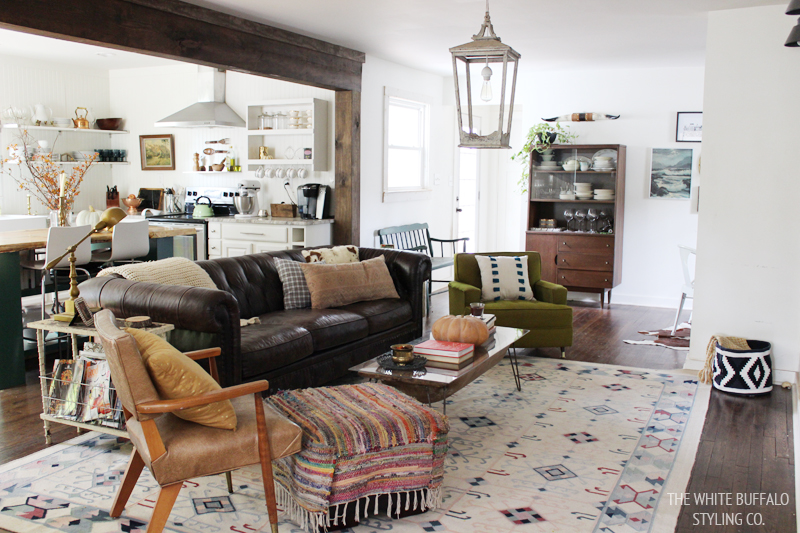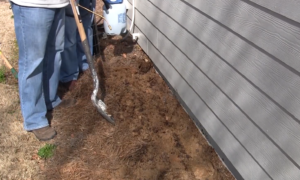When it comes to interior design, the skill of blending contrasting aspects may produce entrancing places that reflect your taste and personality. Combining modern and rustic features is one such juxtaposition that has become more common recently. Modern design can be balanced with the coziness and charm of rustic aesthetics to produce a beautiful and harmonious house.
You can use rustic furniture to create an aesthetic and cozy outlook. It becomes easy for you to design a space that skillfully combines rustic attractiveness and modern refinement. You can design a room that reflects your style and fosters harmony by blending rustic and modern elements in interior design. You can check this site if you are seeking the best rustic western furniture pieces for your homes.
Understanding Modern And Rustic Styles
Understanding the characteristics of modern and rustic design is crucial before exploring the technique of fusing these two aesthetics.
Modern Style
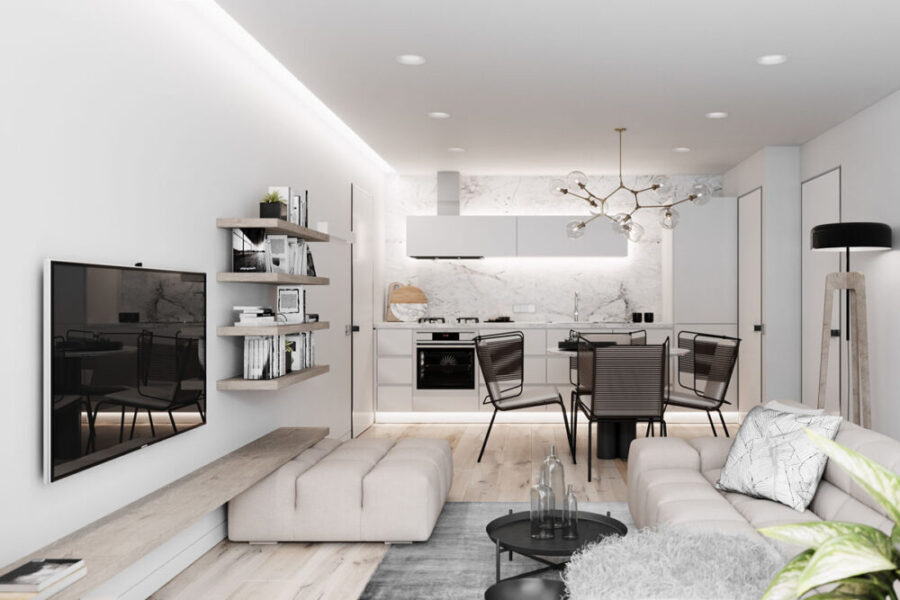
Source: foyr.com
Clean lines, minimalism, and an emphasis on functionality are characteristics of modern design. It frequently uses materials like glass, metal, and concrete and has open floor plans with simple color schemes. Simplicity, sleekness, and a clutter-free environment are prioritized in modern interior design.
Rustic Style
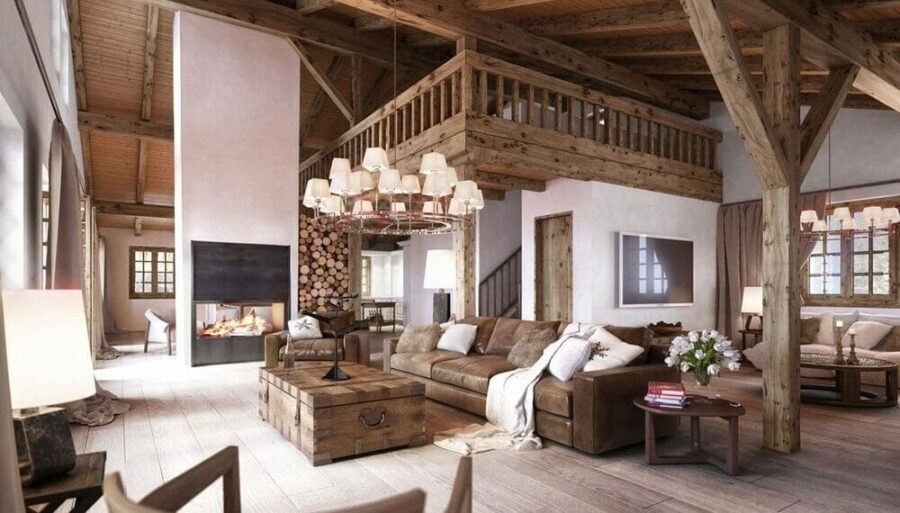
Source: decorilla.com
On the other hand, rustic design gets its inspiration from the beauty of nature and the rural setting. It welcomes unprocessed, organic materials like wood, stone, and natural fibers and celebrates flaws. Rustic homes frequently have cozy, welcoming atmospheres, distressed finishes, and warm, earthy tones.
Finding Harmony: Blending Modern And Rustic Elements
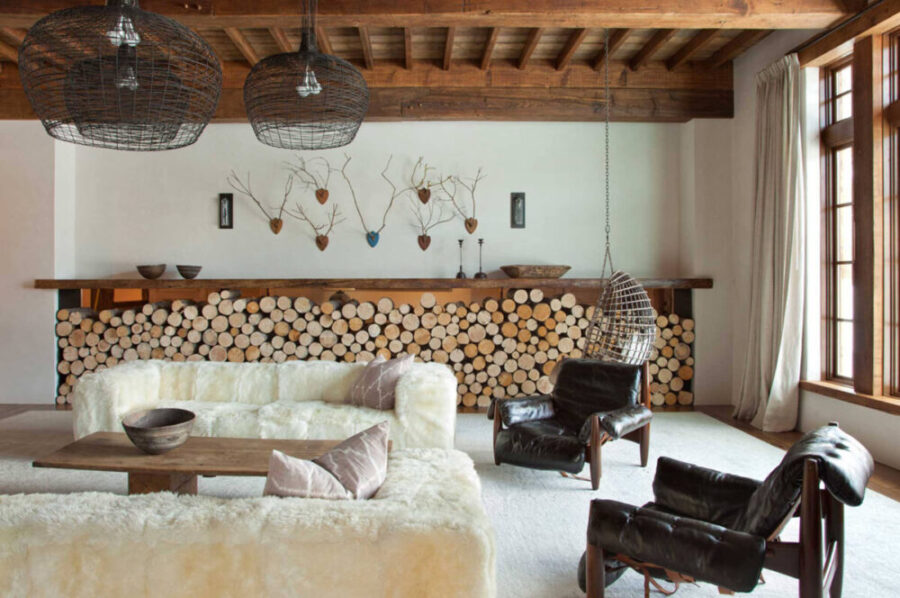
Source: decoraid.com
The secret to successfully fusing modern and rustic components is to create a sense of harmony and balance. Here are some tips to assist you in designing a peaceful environment:
Start With A Neutral Foundation
Both contemporary and rustic pieces can flourish against a neutral background. Choose a neutral color scheme like whites, greys, and beiges for your walls and furniture items. This offers a blank slate that can incorporate different design components without clogging the space.
Mix Materials
To reconcile the differences between modern and rustic design, combine the materials that are typically associated with each. Consider combining smooth concrete surfaces with velvety, natural textiles or sleek metal finishes with salvaged wood accents. Combining several materials gives the final product depth and adds visual intrigue.
Strike A Balance With Furniture
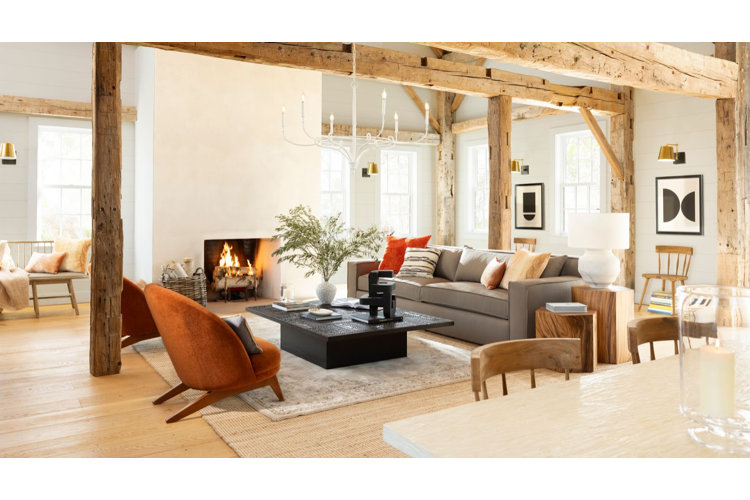
Source: perigold.com
Include furniture items that combine rustic and modern design elements. Select modern, clean-lined furniture and combine it with antique or worn-out items. Consider combining a modern glass dining table with rustic, woven chairs or a sleek leather sofa with a salvaged hardwood coffee table. The secret is to strike a harmonious balance between the proportions.
Integrate Natural Elements
Natural components can be used in rustic and modern designs because both are inspired by nature. Include greenery, recent blooms, and organic materials like jute, linen, or wool in your design. It offers a seamless transition between the two types and adds a touch of organic beauty.
Lighting And Accessories
Any design strategy must include lighting and accessories. Choose contemporary, minimalist lighting fixtures to go with the sleek lines of modern architecture. Then, soften the area with rustic decorations, like woven baskets, handcrafted pottery, or old art pieces. The ideal fusion of accessories and lighting may harmonize the entire design.
Case Studies: Inspiring Examples
To further illustrate the successful integration of modern and rustic elements, let’s explore two case studies:
The Modern-Rustic Loft
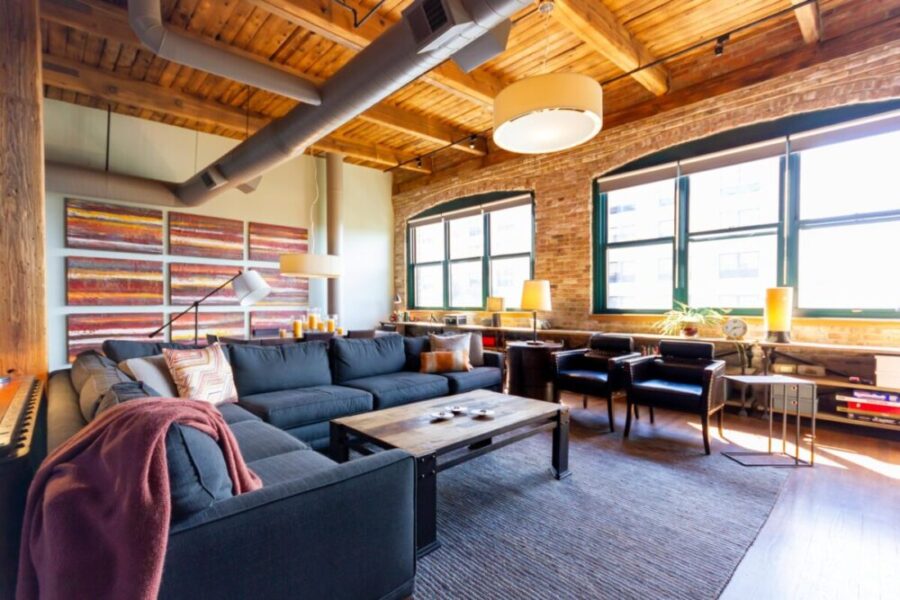
Source: designinside.com
The designer of this loft apartment masterfully combined rustic and modern themes. While the modern aesthetic is emphasized by the sleek, contemporary furnishings and metal finishes, the exposed brick walls and wooden ceiling beams lend a rustic appeal. Large windows that let in natural light, a neutral color scheme, and carefully chosen accents like antique carpets and potted plants help to balance the room. The ultimate product is a tasteful fusion of rustic warmth and sophisticated refinement.
The Farmhouse Retreat
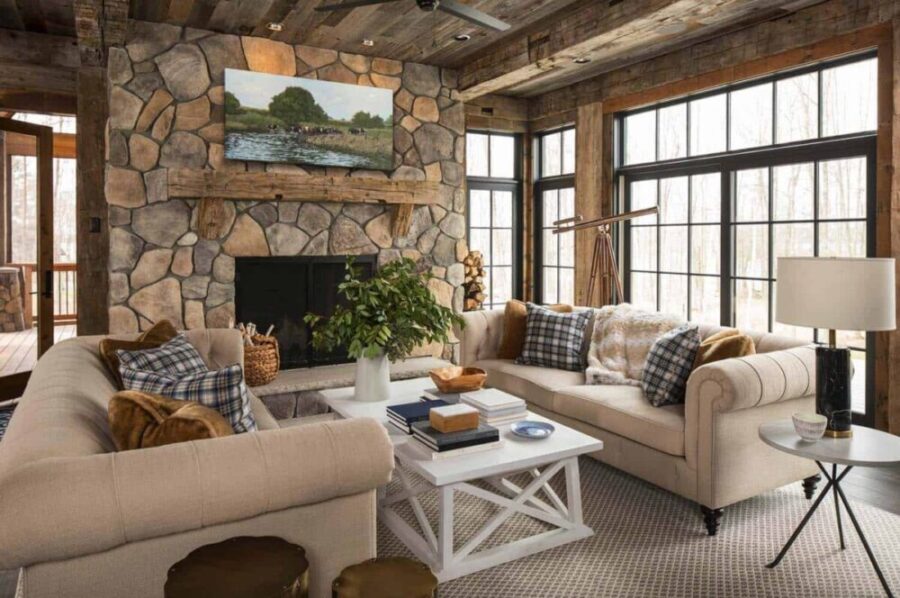
Source: onekindesign.com
This farmhouse hideaway is a perfect example of how contemporary and rustic aesthetics can coexist. The open-concept living space embraces the rustic appeal with a vaulted ceiling and exposed wooden beams. Large windows that offer expansive views of the surrounding countryside, a minimalist fireplace, and stylish furnishings are examples of modern design components.
The beauty of the area is enhanced by using natural materials like stone and salvaged wood. The fusion of rustic and modern styles produces a warm atmosphere that is friendly and visually arresting.
Tips For Successful Implementation
To successfully achieve a balanced mix of modern and rustic elements, keep the following tips in mind:
Embrace A Neutral Palette
Choose a neutral color scheme to serve as the basis for your design before anything else. Whites, greys, and beiges are examples of neutral colors that offer a flexible background that lets contemporary and rustic pieces stand out. These hues give the area a feeling of harmony and balance.
Mix Materials And Textures
Combine components and textures that are used in modern and rustic design. Consider combining natural substances like wood or stone with smooth surfaces like glass or metal. Combine leather or velvet with rough materials like linen or jute. Your design gains depth and visual intrigue as a result of this mix.
Balance Proportions
Pay attention to the dimensions of the furniture and accessories to achieve equilibrium. Avoid cramming the space with too much material or putting it in too tightly. Mix contemporary furniture with rustic accents to preserve balance and harmony.
Integrate Natural Elements
Put some natural components into your design to make it feel harmonious and welcoming. Incorporate using plants, flowers, or branches into your space to provide a sense of nature. Use natural elements like stone, repurposed wood, or woven baskets. These natural components soften the area and perfectly combine modern and rustic design features.
Pay Attention To Lighting
Interior design is critically dependent on lighting. Utilize contemporary lighting alternatives, such as chic pendant lights or track lighting, and rustic-inspired choices, such as old-fashioned lanterns or Edison bulbs. The right lighting improves the atmosphere and brings attention to your space’s distinctive qualities.
Focus On Functionality
Keep the area utilitarian and efficient while fusing modern and rustic characteristics. Modern design places a strong emphasis on functionality, therefore taking into account how each component affects the room’s overall usefulness. Choose trendy furniture with concealed storage options or functional decor objects as alternatives.
Conclusion
It takes significant thought and a good aesthetic sense to balance modern and rustic aspects in interior design. When executed well, this juxtaposition can produce a room that is aesthetically pleasing, harmonious, and full of personality.
You may create an interior that smoothly combines two opposing styles by understanding modern and rustic design, combining materials, introducing natural elements, and achieving a balance in furniture, lighting, and accessories. So, embrace the need for balance to create a unique space that fuses the greatest aspects of rustic beauty with modern sophistication.

